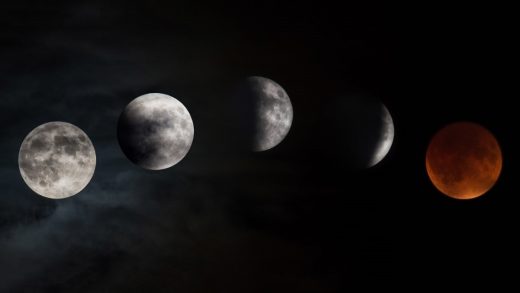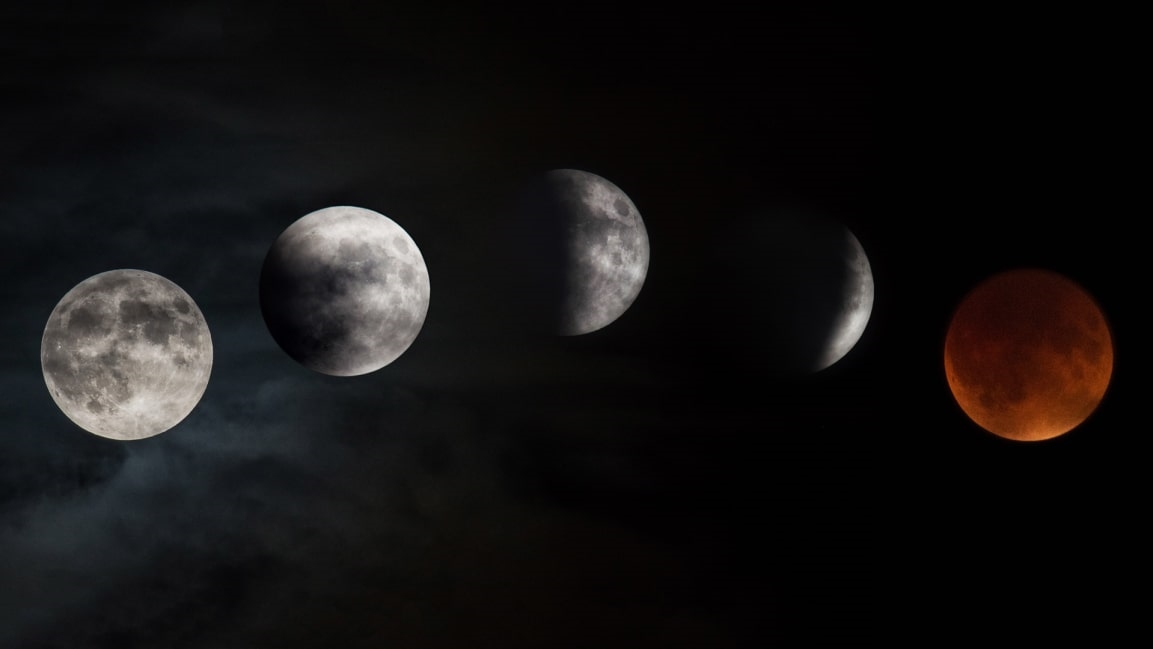How to see the only super blood wolf moon eclipse of 2019
Alert your coven, because a total lunar eclipse is taking place tonight (Sunday, January 20). This isn’t an ordinary total lunar eclipse, either, but a supermoon, which means that it will seem even bigger and brighter. According to NASA, that’s because the moon is at perigee, its closest point to Earth in its orbit.
Oh, but it gets better: This lunar eclipse isn’t just a supermoon, but will mostly likely also be a blood moon, when some light still makes it way around the Earth’s shadow, giving the moon an orange-red hue. Some folks are also throwing “wolf moon” into the mix, a name given to any full moon that happens in the month of January. For those keeping track: Yes, that means the celestial event will be a super blood wolf moon, sure to inspire b-grade Hollywood scriptwriters and death metal bands searching for a name. (SuperBloodWolfMoon.com is for sale!)
Here’s how to see the first lunar eclipse of 2019 and the last total lunar eclipse until May 26, 2021:
The lunar eclipse will be visible from cities, as long as the weather conditions are right and there aren’t too many clouds. However, if you want to escape the bright lights, the view may be better.
You don’t need special equipment to see the eclipse; simply step outside and ogle the moon. But if you do have a telescope, you can use the maximum eclipse to check out the surface of the moon, which otherwise can be very bright under a telescope.
(24)



